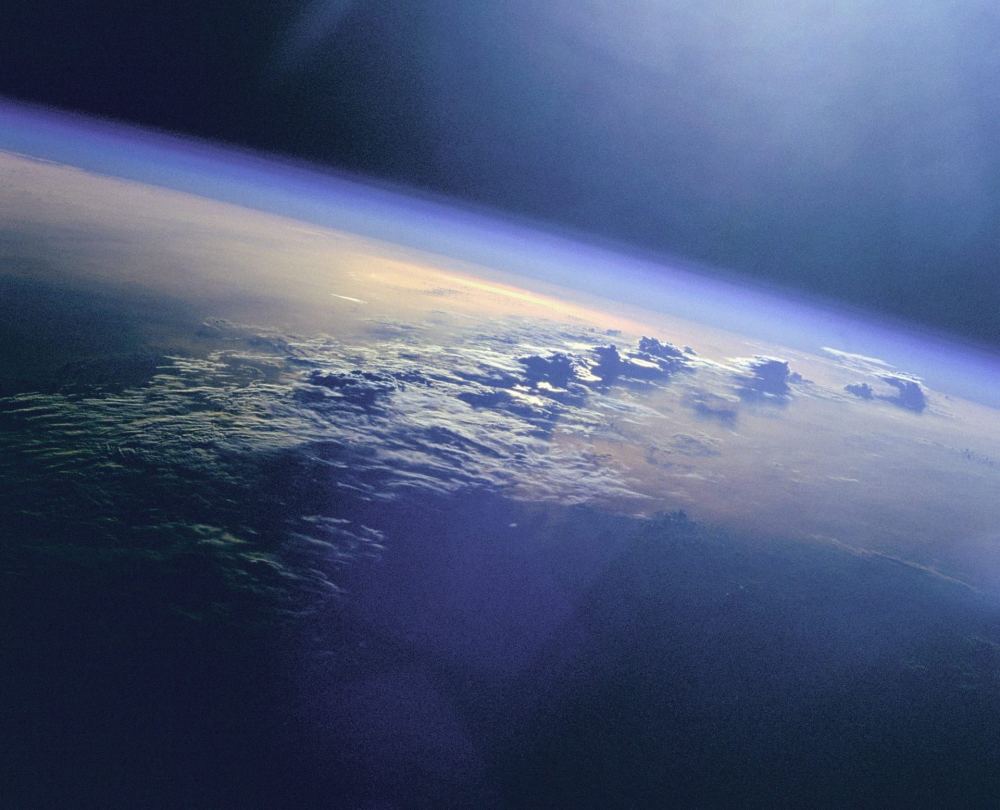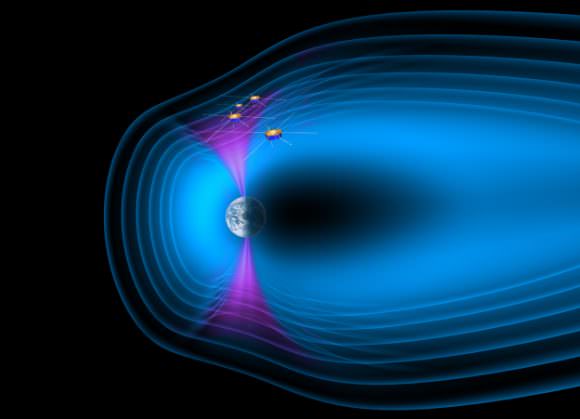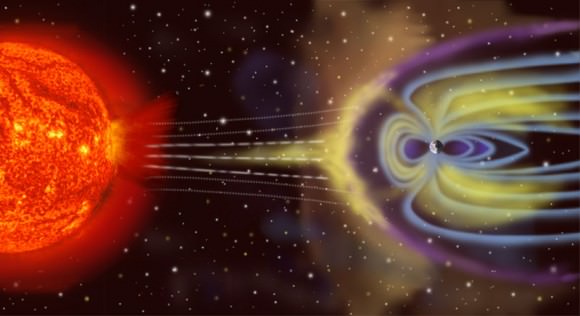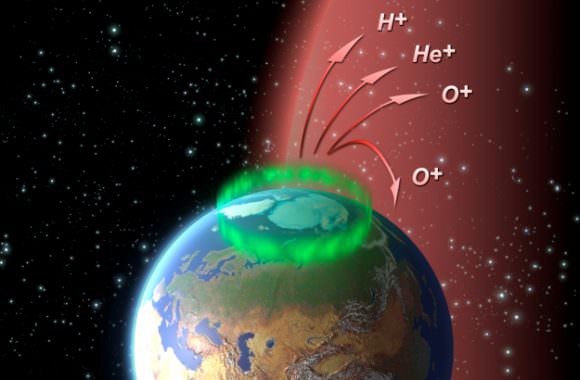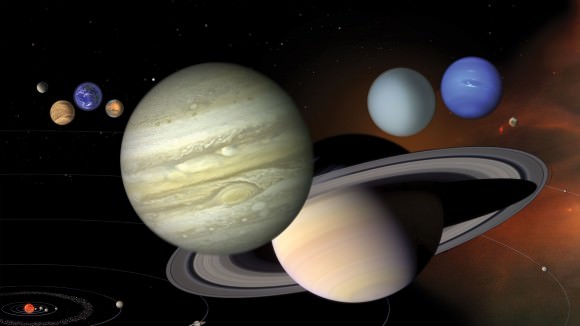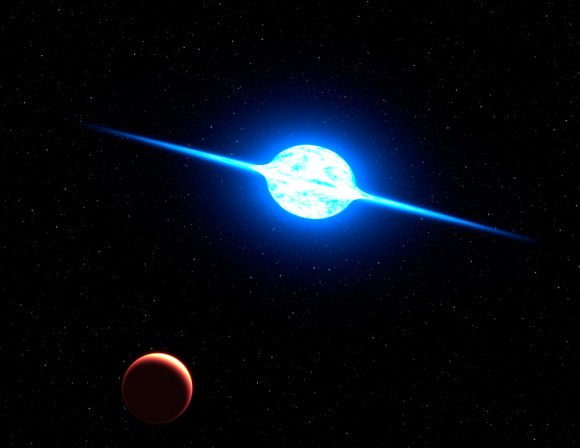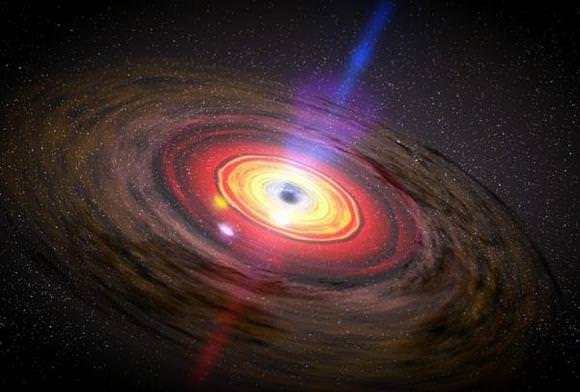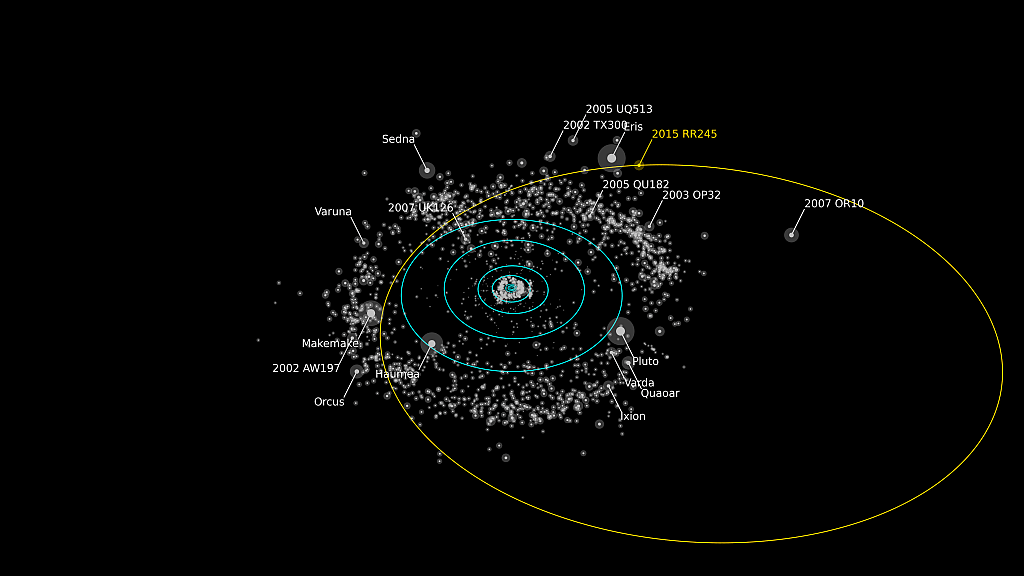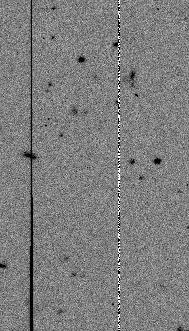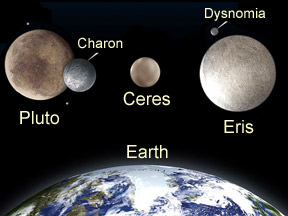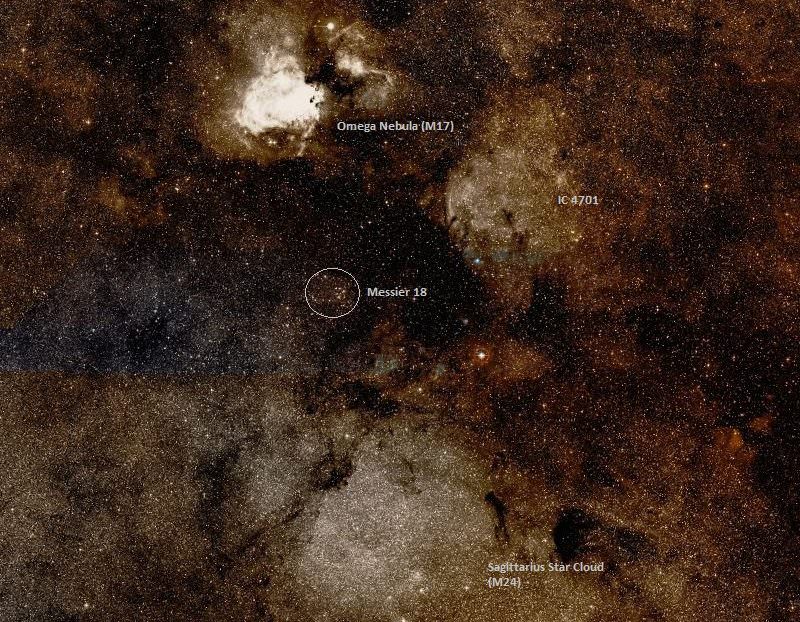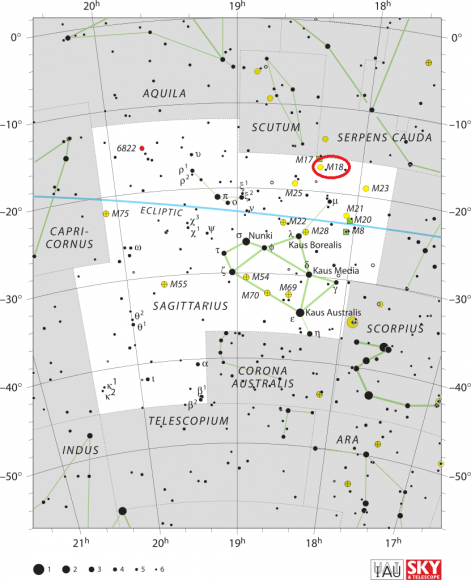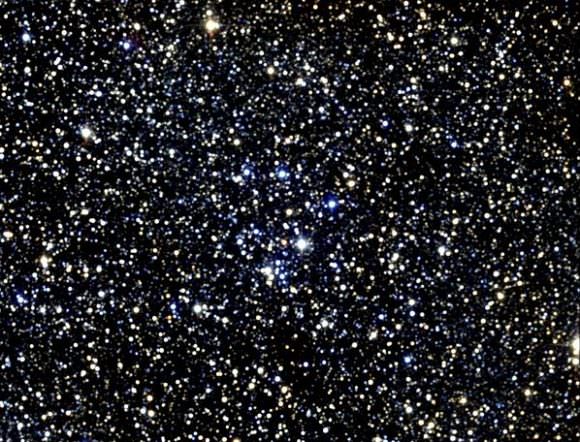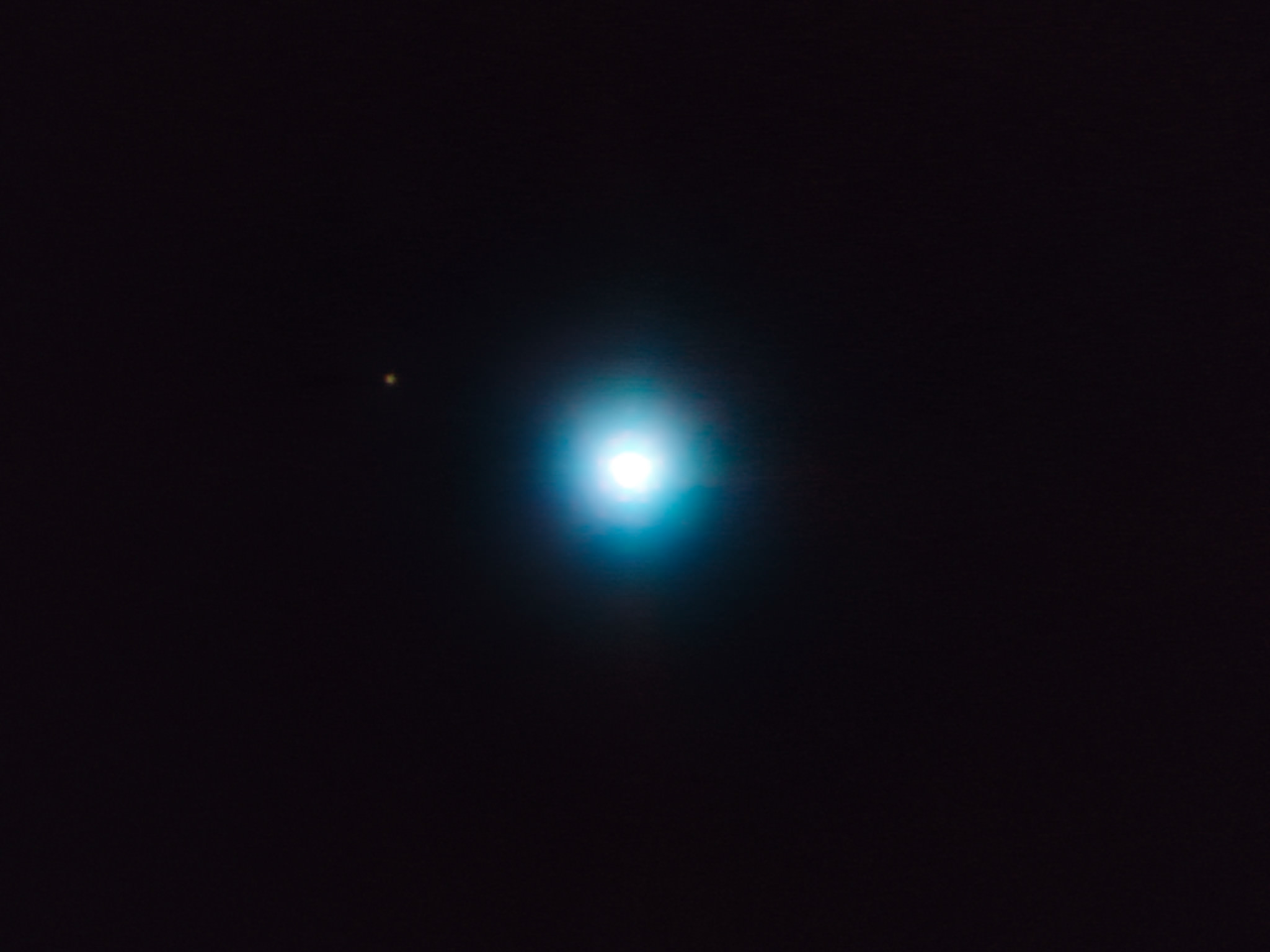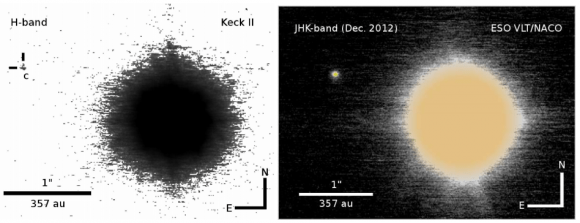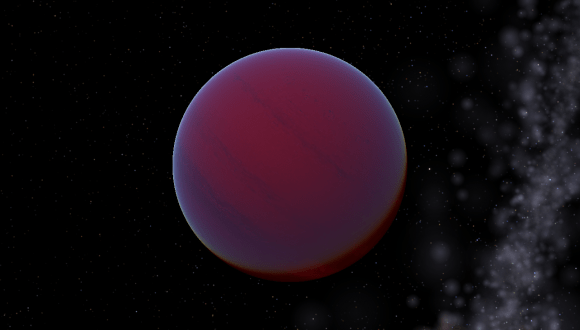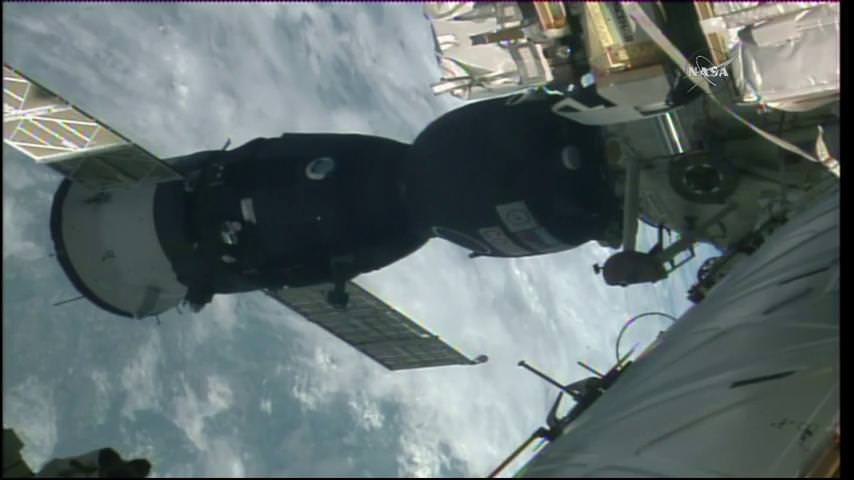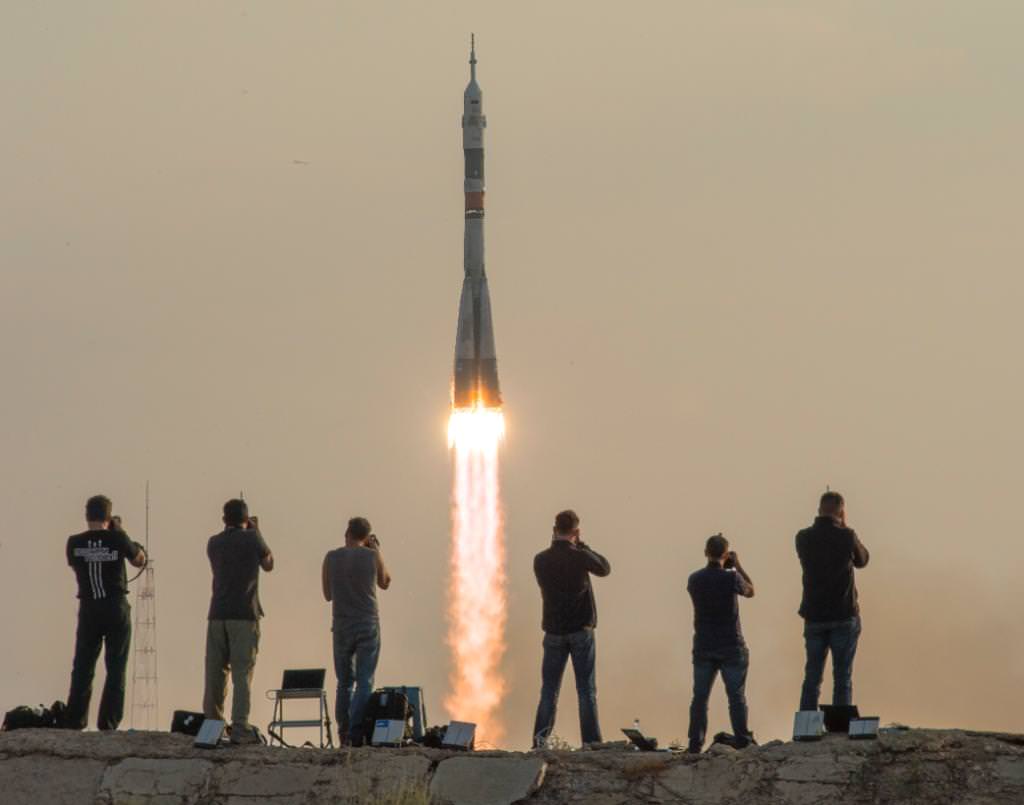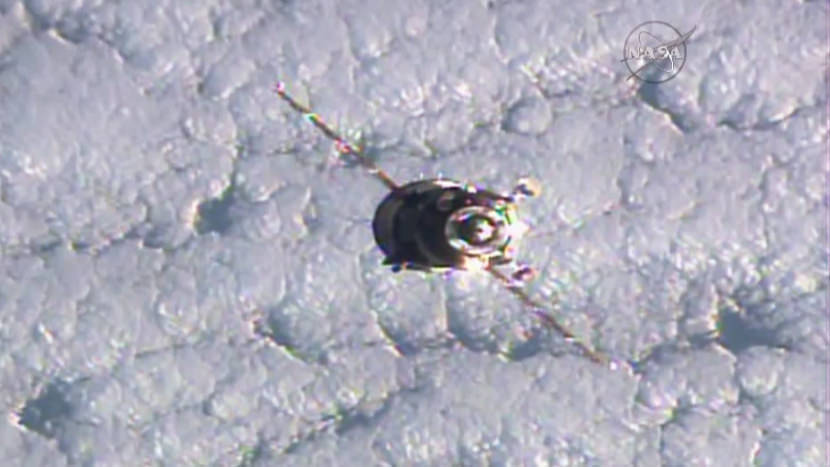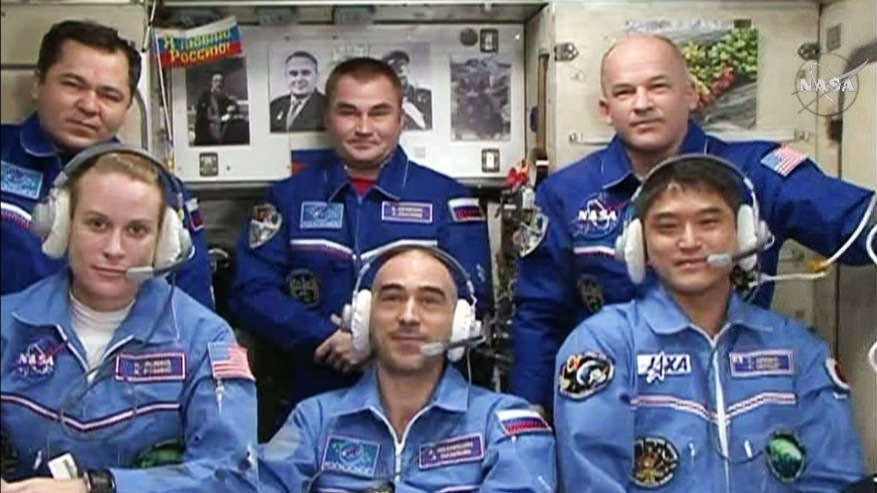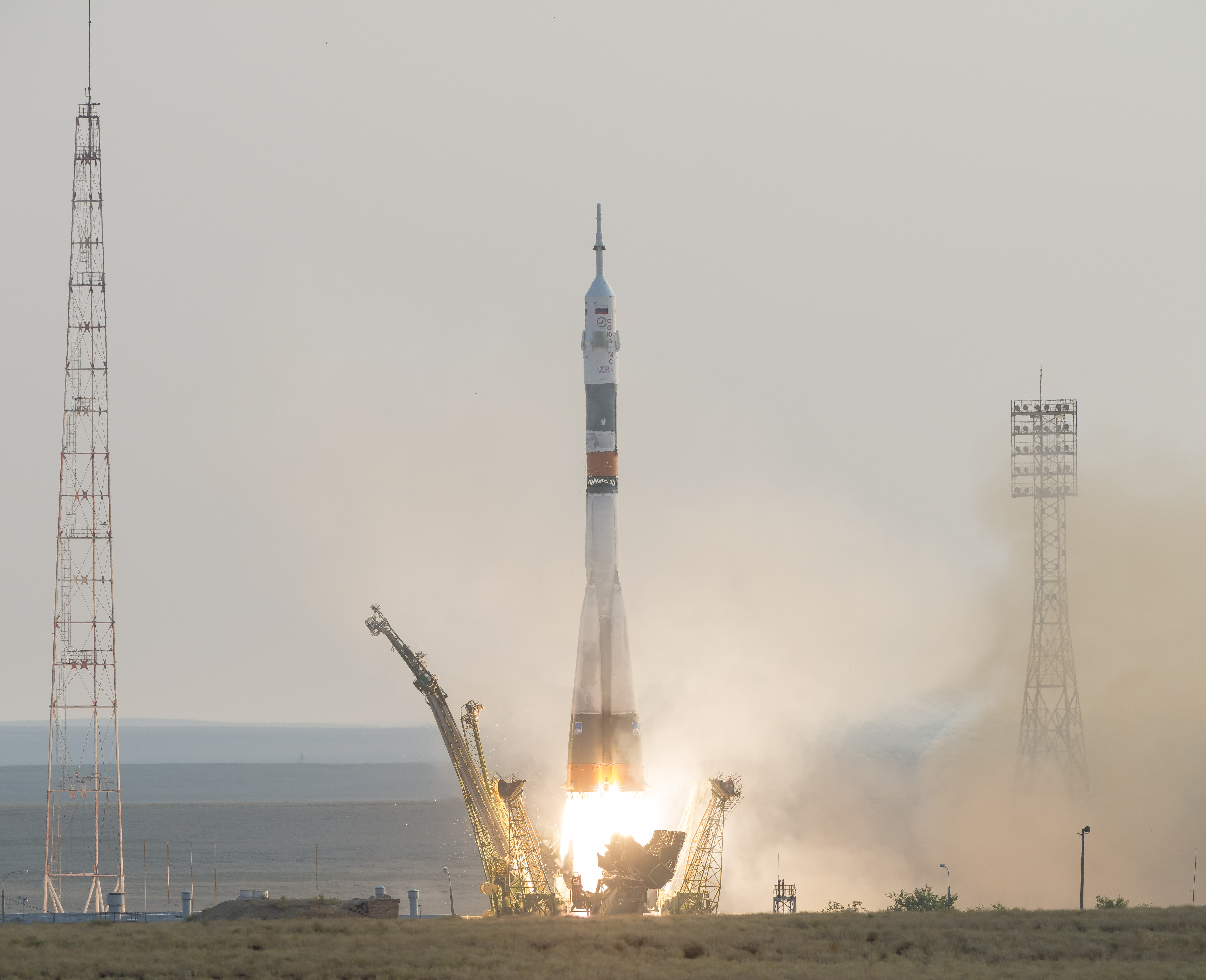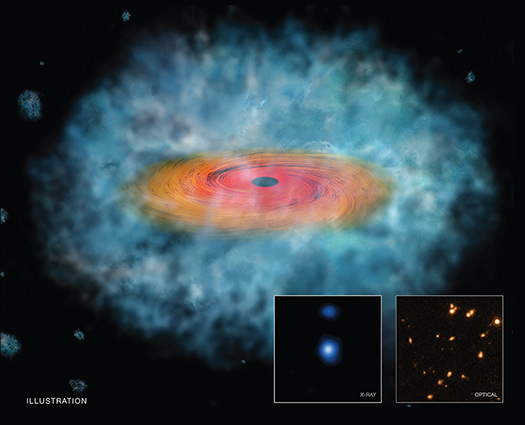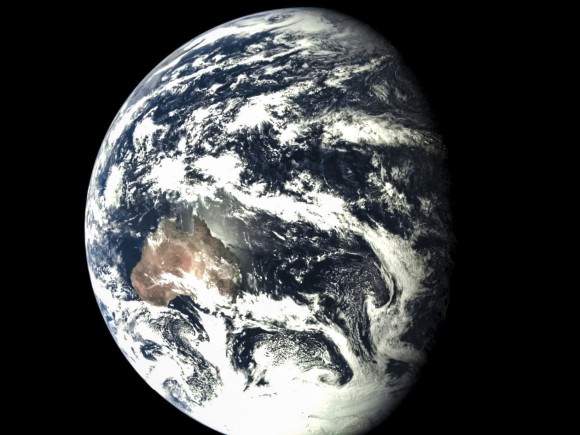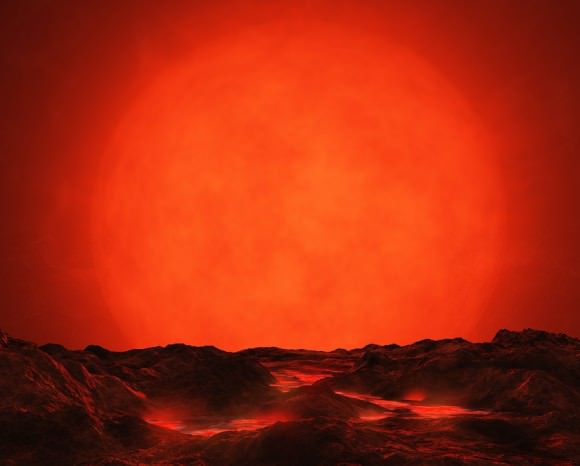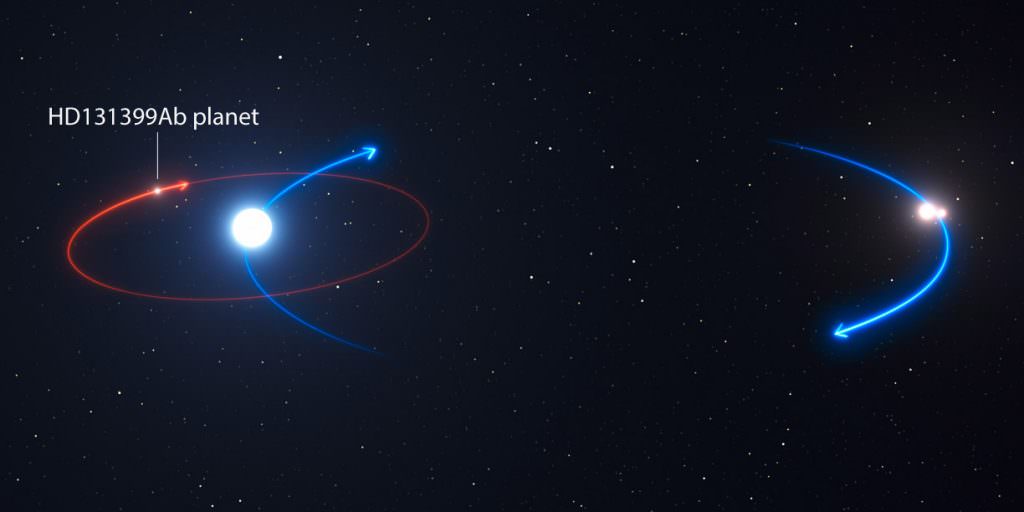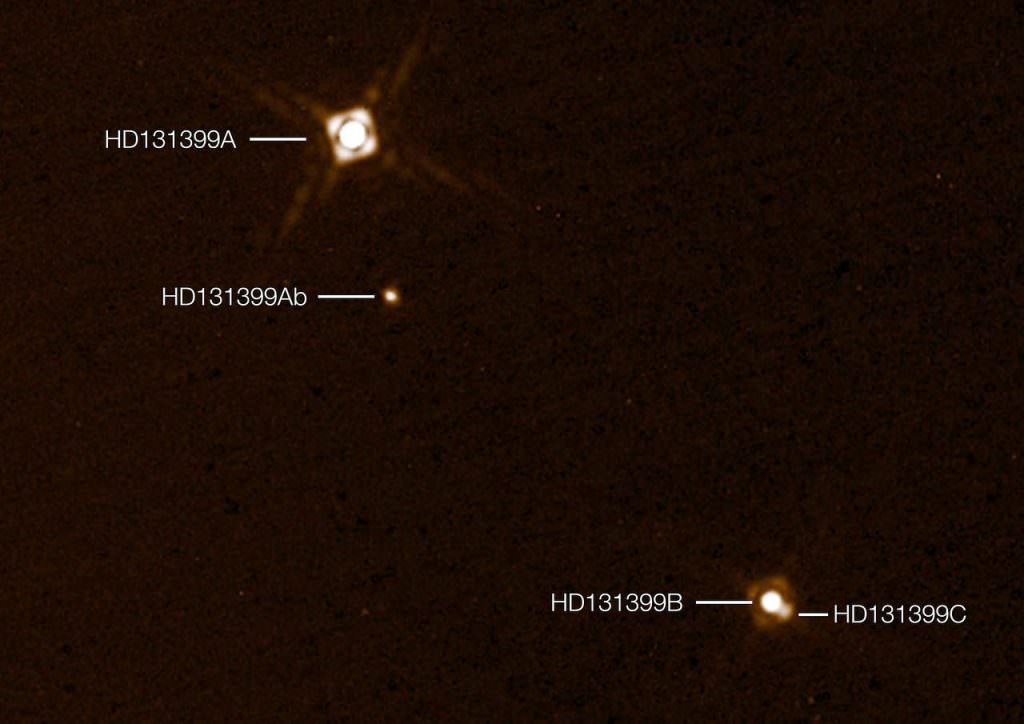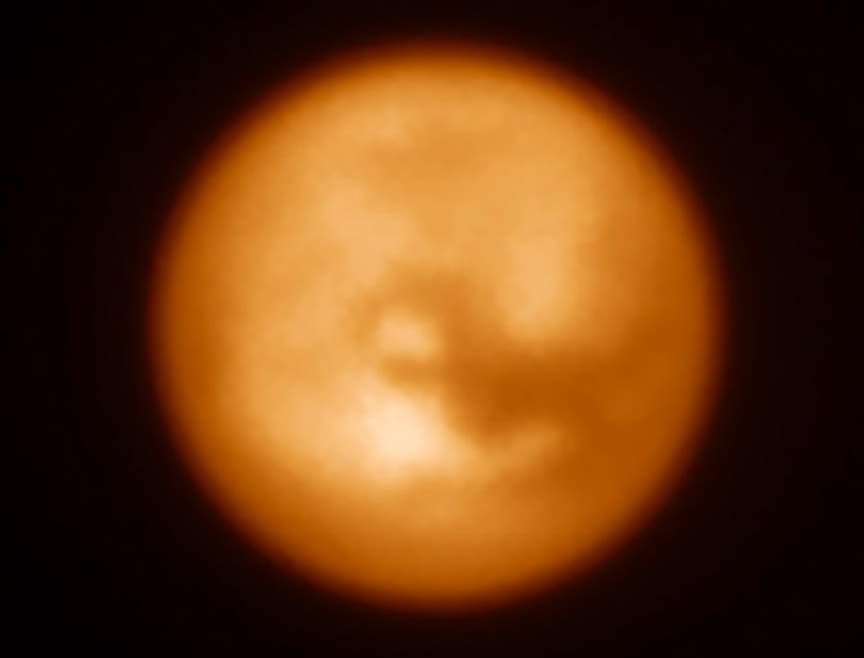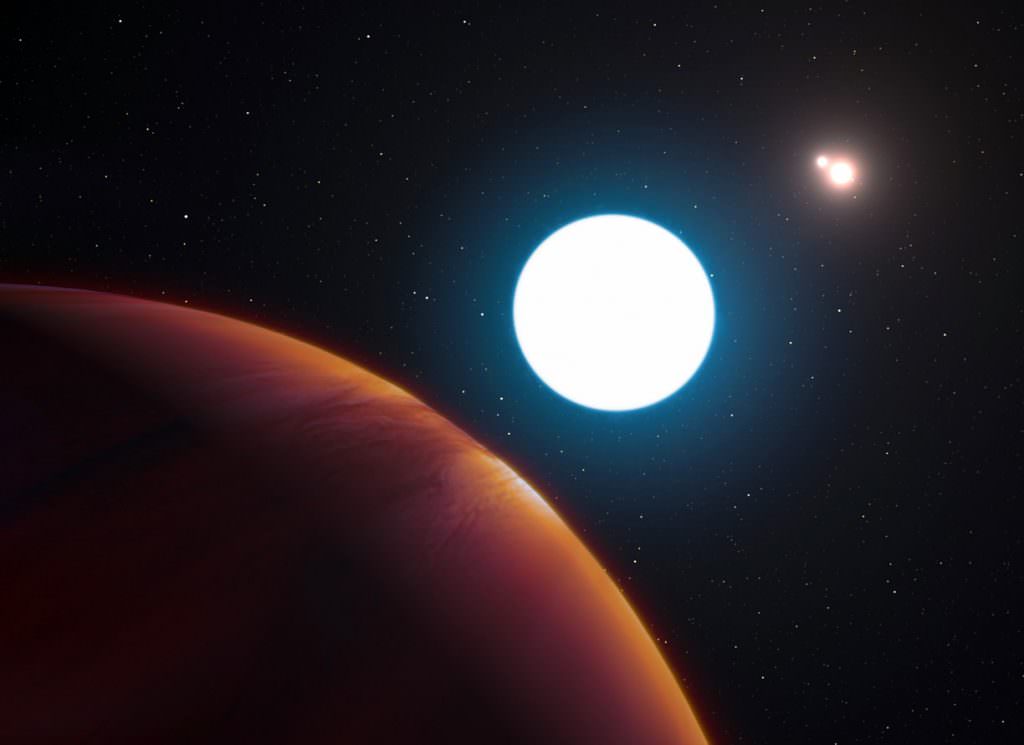If new rocket engines being developed by the European Space Agency (ESA) are successful, they could revolutionize rocket technology and change the way we get to space. The engine, called the Synergistic Air-Breathing Rocket Engine (SABRE), is designed to use atmospheric air in the early flight stages, before switching to conventional rocket mode for the final ascent to space. If all goes well, this new air-breathing rocket could be ready for test firings in about four years.
Conventional rockets have to carry an on-board oxidizer such as liquid oxygen, which is combined with fuel in the rocket’s combustion chamber. This means rockets can require in excess of 250 tons of liquid oxygen in order to function. Once this oxygen is consumed in the first stages, these used up stages are discarded, creating massive waste and expense. (Companies like SpaceX and Blue Origin are developing re-usable rockets to help circumvent this problem, but they’re still conventional rockets.)
Conventional rockets carry their own oxygen because its temperature and pressure can be controlled. This guarantees the performance of the rocket, but requires complicated systems to do so. SABRE will eliminate the need for carrying most on-board oxygen, but this is not easy to do.
SABRE’s challenge is to compress the atmospheric oxygen to about 140 atmospheres before introducing it into the engine’s combustion chambers. But compressing the oxygen to that degree raises its temperature so much that it would melt the engines. The solution to that is to cool the air with a pre-cooling heat exchanger, to the point where it’s almost a liquid. At that point, a turbine based on standard jet engine technology can compress the air to the required operating temperature.
This means that while SABRE is in Earth’s atmosphere, it uses air to burn its hydrogen fuel, rather than liquid oxygen. This gives it an 8 x improvement in propellant consumption. Once SABRE has reached about 25 km in altitude, where the air is thinner, it switches modes and operates as a standard rocket. By the time it switches modes, it’s already about 20% of the way into Earth orbit.
Like a lot of engineering challenges, understanding what needs to be done is not the hard part. Actually developing these technologies is extremely difficult, even though many people just assume engineers will be successful. The key for Reaction Engines Ltd, the company developing SABRE, is to develop the light weight heat exchangers at the heart of the engine.
Heat exchangers are common in industry, but these heat exchangers have to cool incoming air from 1000 Celsius to -150 Celsius in less than 1/100th of a second, and they have to do it while preventing frost from forming. They are extremely light, at about 100 times lighter than current technology, which will allow them to be used in aerospace for the first time. Some of the lightness factor of these new heat exchanges stems from the wall thickness of the tubing, which is less than 30 microns. That’s less than the thickness of a human hair.
Reaction Engines Limited says that these heat exchangers will have the same impact on aerospace propulsion systems that silicone chips had on computing.
A new funding agreement with the ESA will provide Reaction Engines with 10 million Euros for continued development of SABRE. This will add to the 50 million Pounds that the UK Space Agency has already contributed. That 50 million Pound investment was the result of a favorable viability review of SABRE that the ESA performed in 2010.
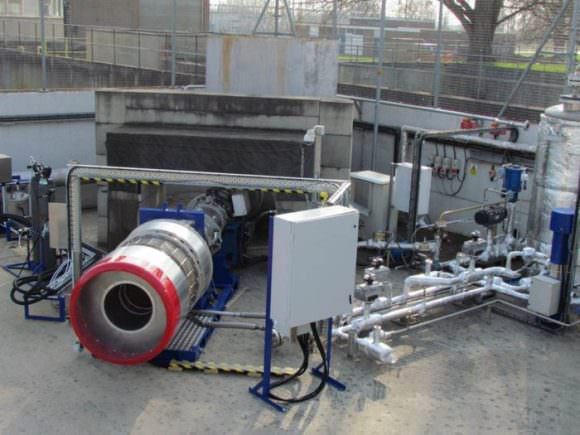
IN 2012, the pre-cooler and the heat exchangers were tested. After that came more R&D, including the development of altitude-compensating rocket nozzles, thrust chamber cooling, and air intakes.
Now that the feasibility of SABRE has been strengthened, Reaction Engines wants to build a ground demonstrator engine by 2020. If the continued development of SABRE goes well, and if testing by 2020 is successful, then these Air Breathing rocket engines will be in a position to truly revolutionize access to space.
In ESA’s words, “ESA are confident that a ground test of a sub-scale engine can be successfully performed to demonstrate the flight regime and cycle and will be a critical milestone in the development of this program and a major breakthrough in propulsion worldwide.”
Bring it on.


